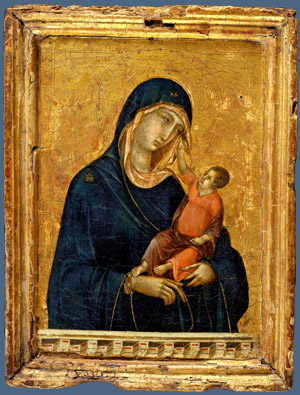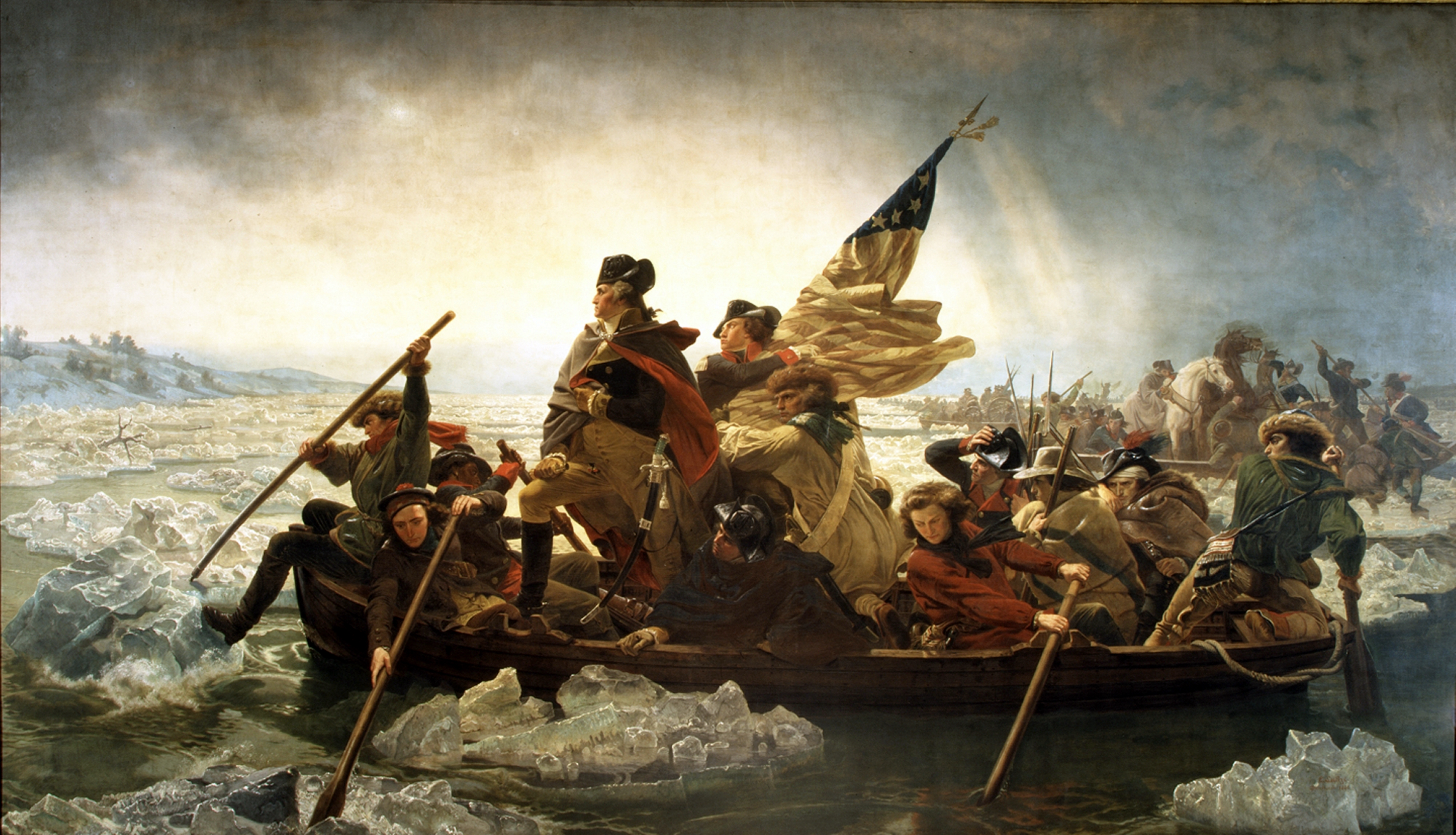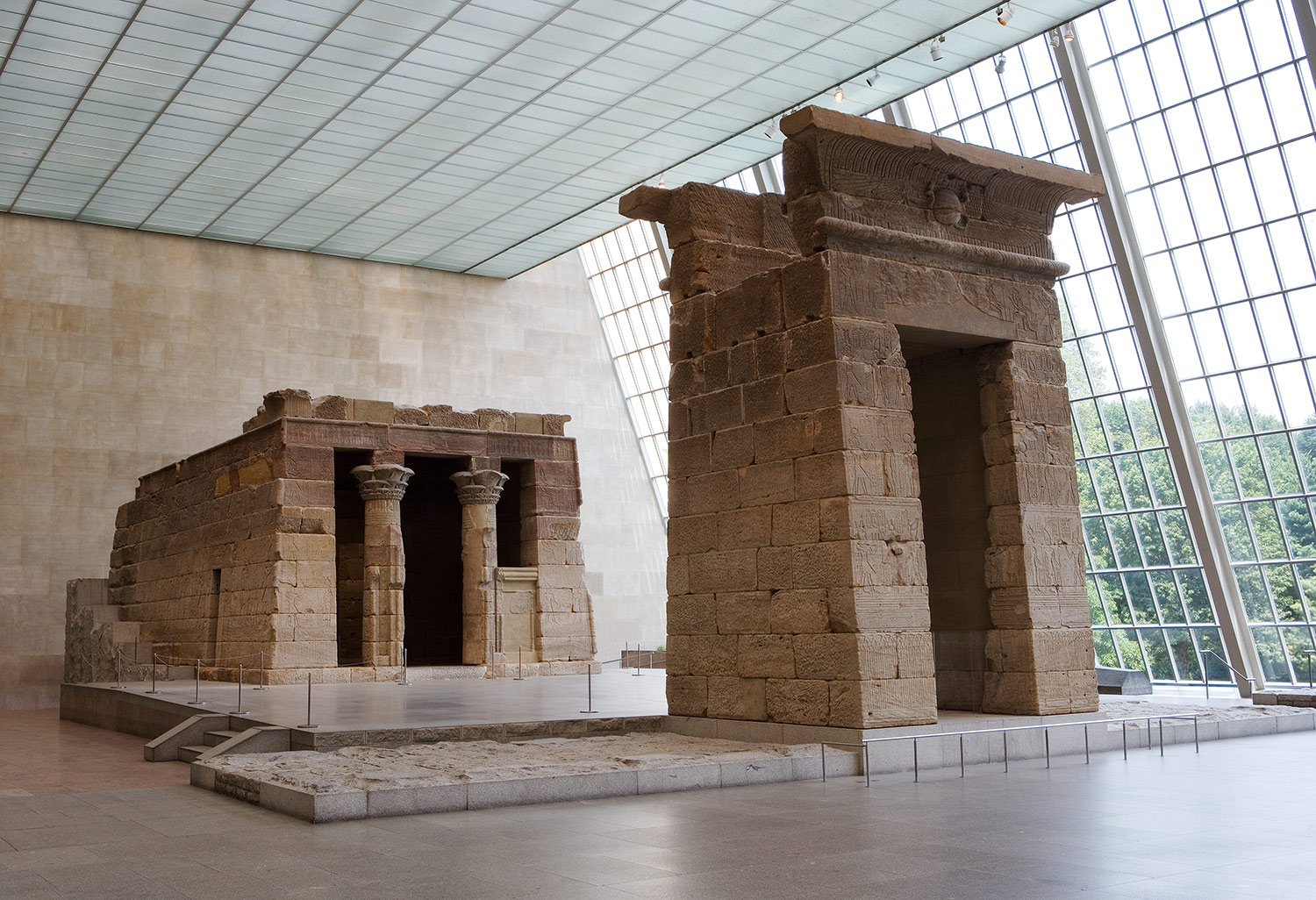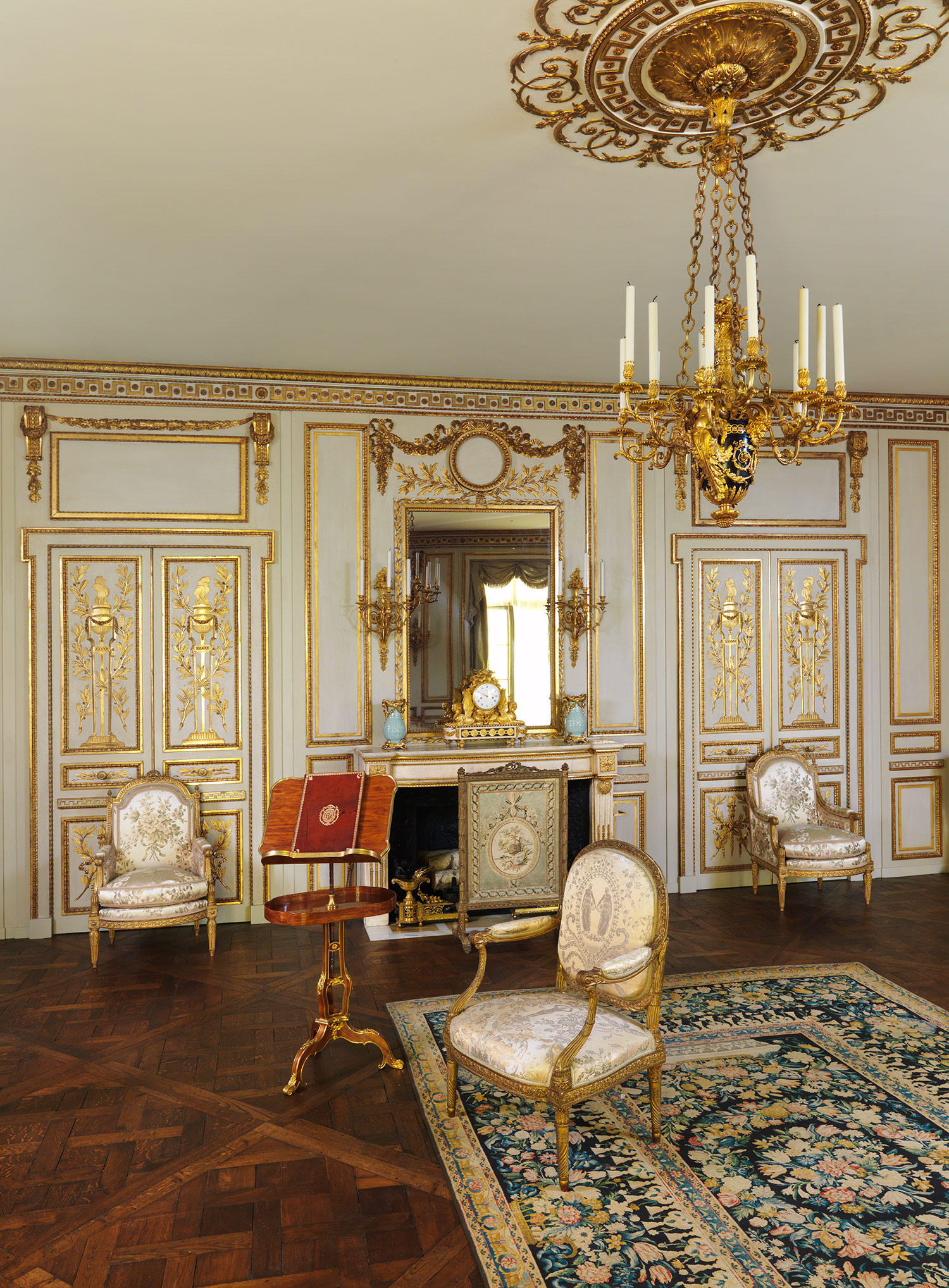Ugolino and His Sons, modeled ca. 1860–61, executed in marble 1865–67
Jean-Baptiste Carpeaux (French, 1827–1875)
Saint-Béat marble
Ugolino, a traitor to Pisa, was banished to die of starvation with his sons and grandsons. In this haunting, dramatic, gut-wrenching sculpture by Jean-Baptiste Carpeaux, we see the torment in the father's face and features as his sons plead for him to eat them. Perhaps most disturbing, Ugolino seems to be considering it, so painful is his predicament.
Michaelangelo is all over this piece, as Carpeaux was a great student of the genius' work. Notice the perfect anatomy, the muscles, veins, sinews, all contracting in agony. Notice, too the oversized hands and feet, decidedly and purposely out of proportion as vessels of emotion.
To learn more of Ugolino, read Dante's Inferno.
To learn more about this sculpture, visit The Met's extraordinary website:
http://www.metmuseum.org/toah/works-of-art/67.250


-Vincent-van-Gogh-Met.jpg)
















